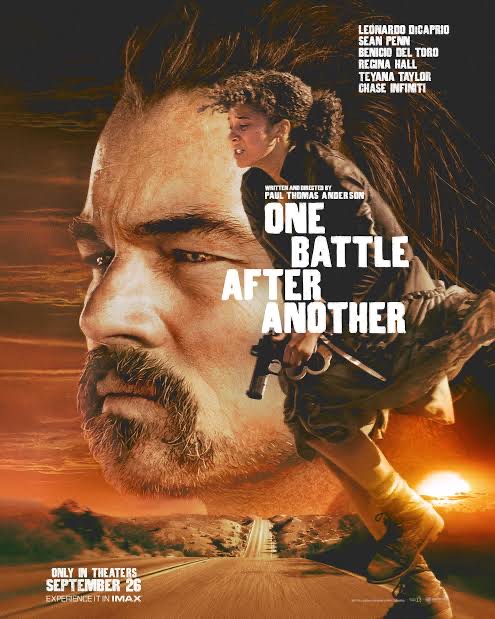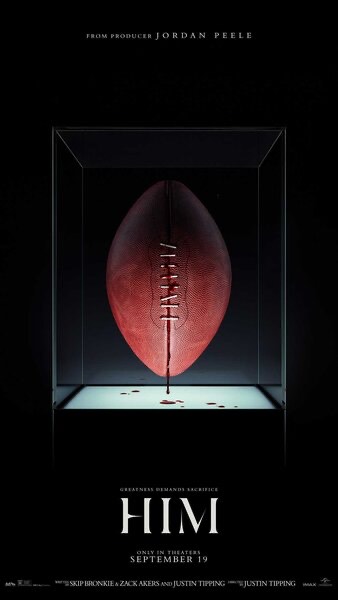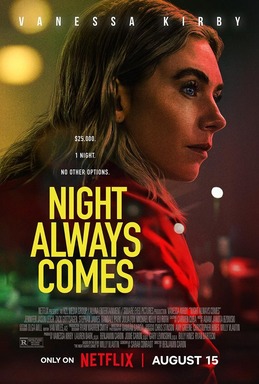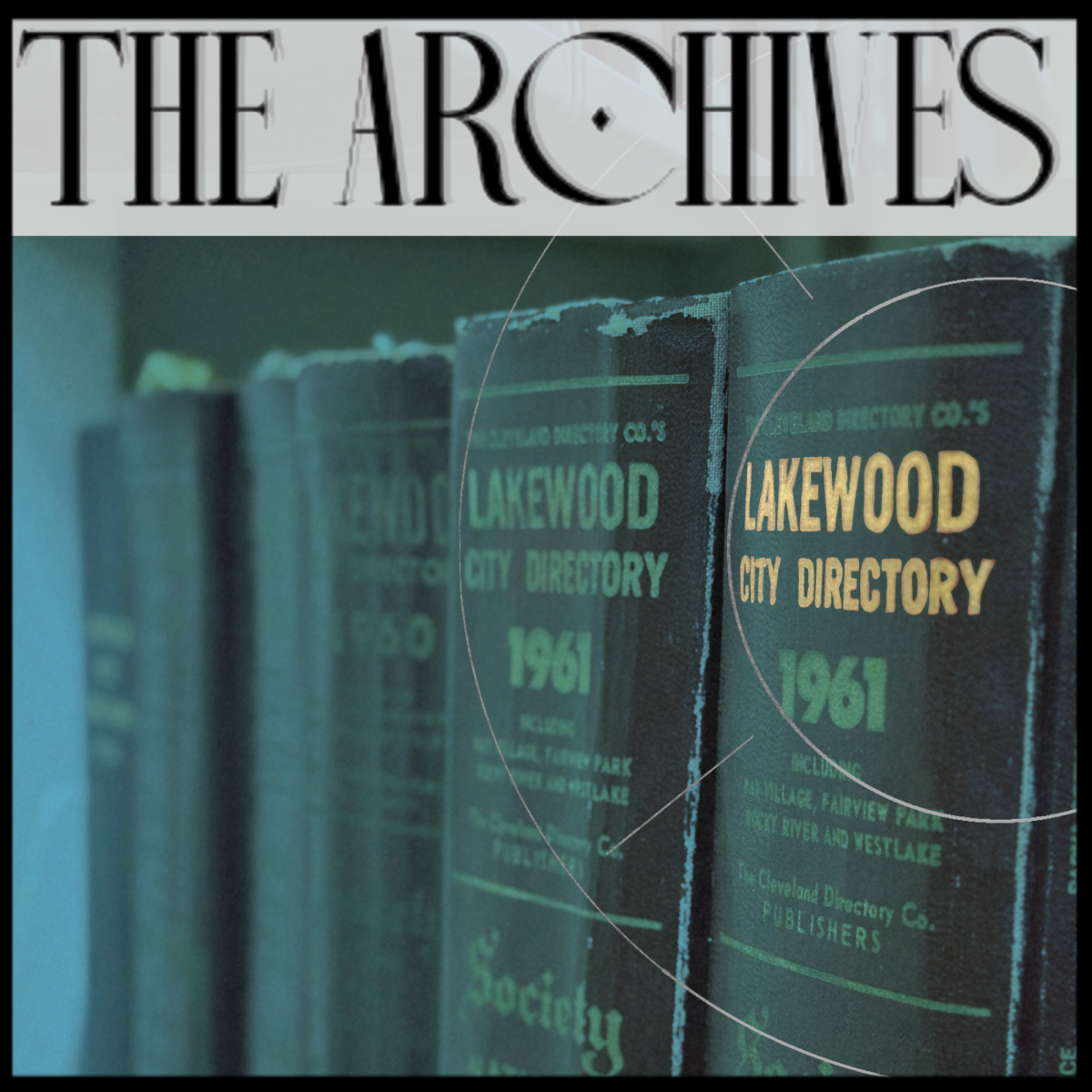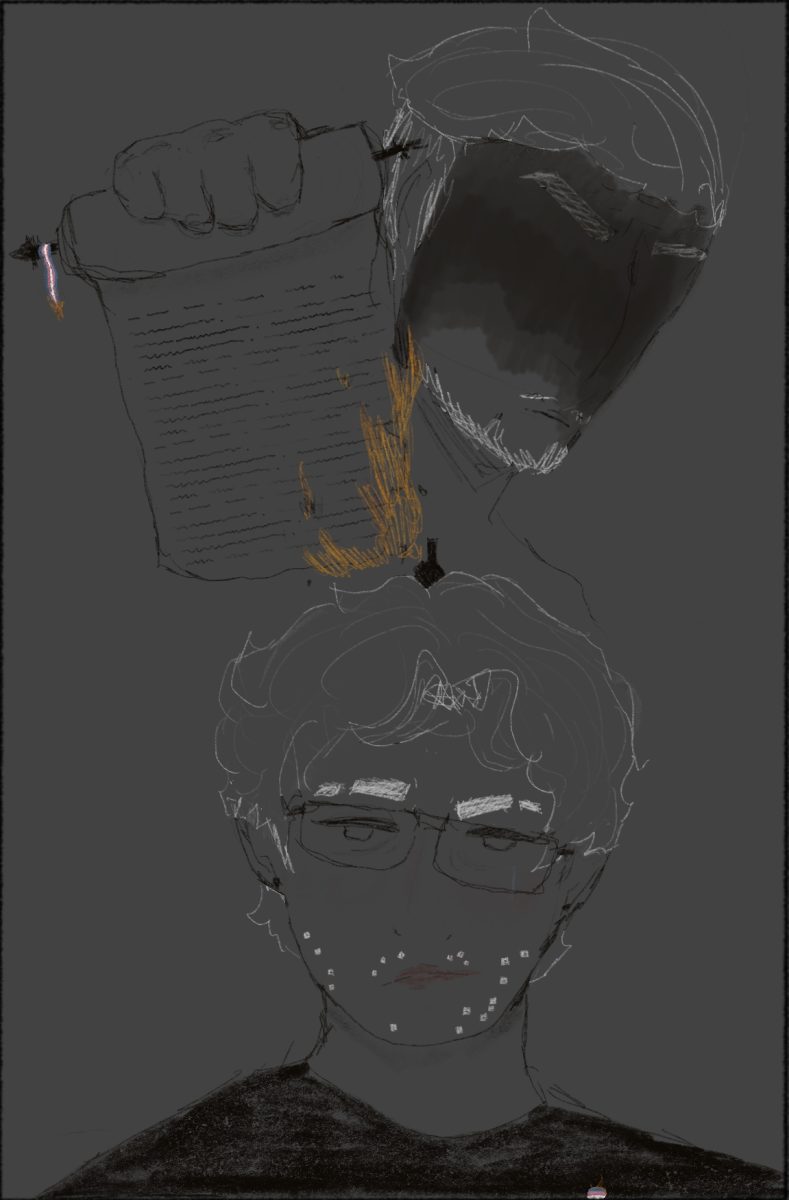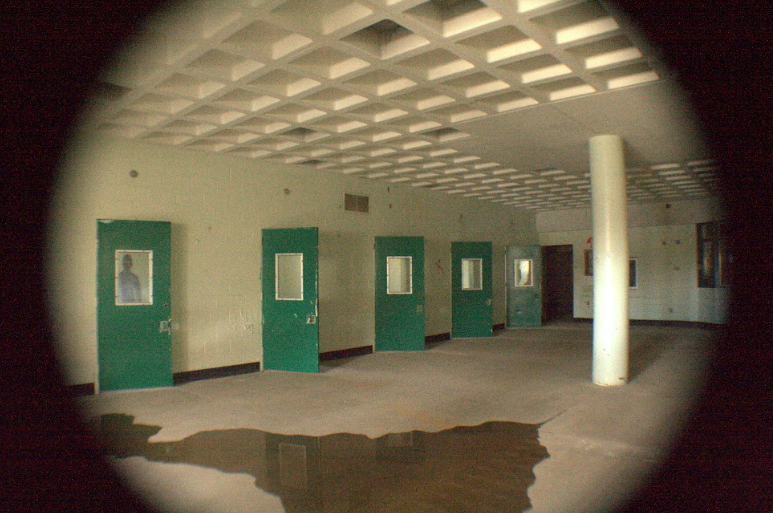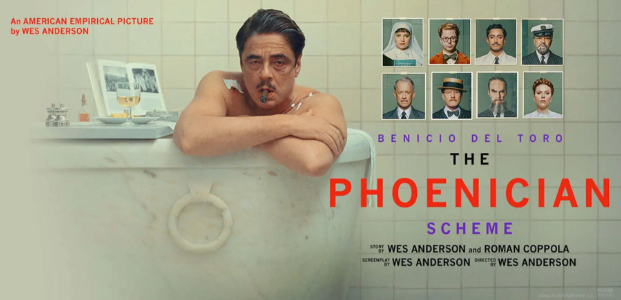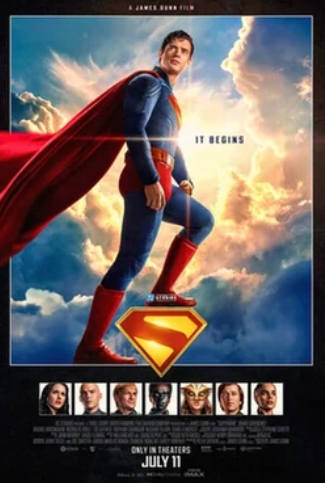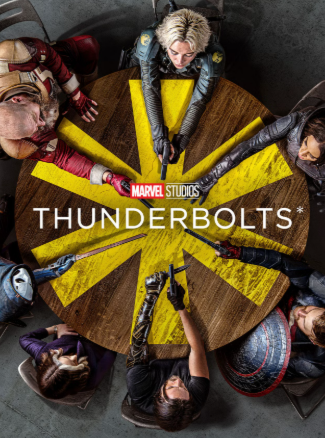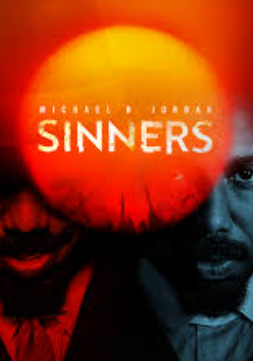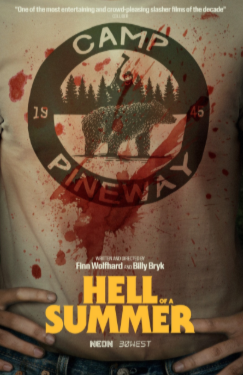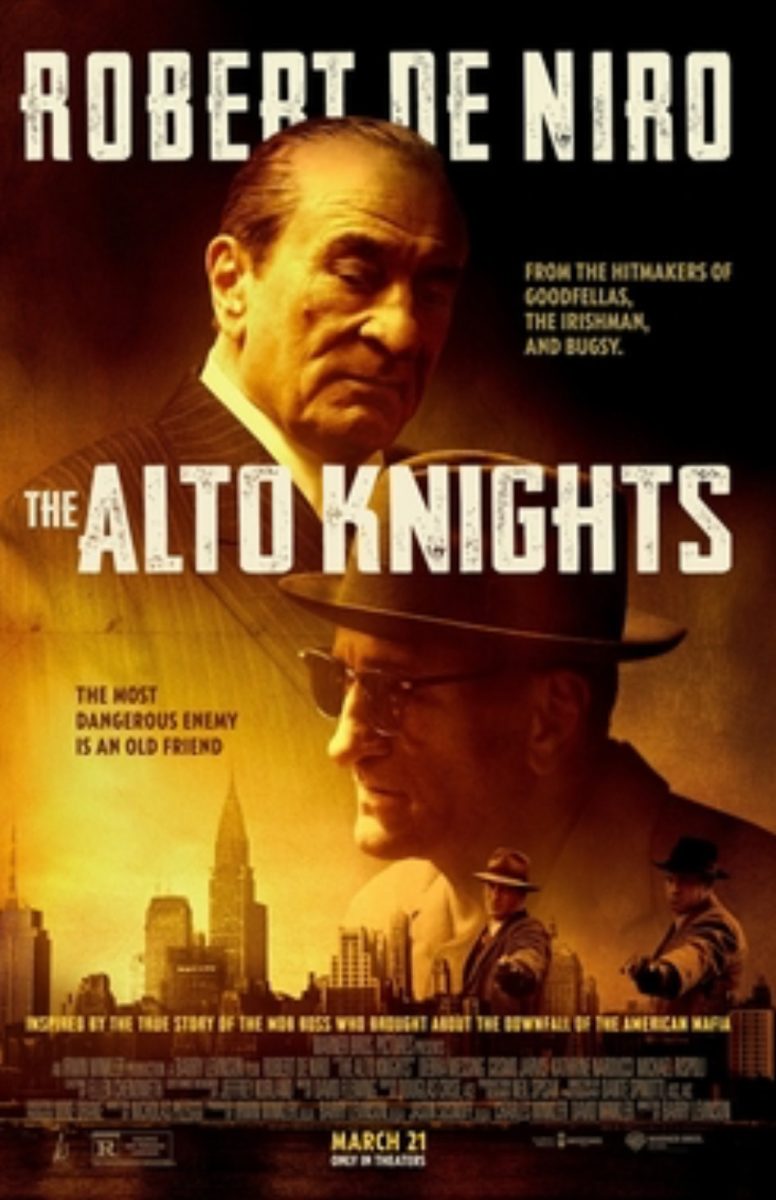Wes Anderson is a director known for his distinctive visual style and the almost cartoonish charm that characterizes most of his films. His most recent film, The Phoenician Scheme, capitalizes upon Anderson’s unique style by creating a colorful, whimsical, and emotionally profound experience for both casual viewers and fans of Anderson’s work.
The Phoenician Scheme joins Wes Anderson’s extensive catalog of films that includes but is not limited to Fantastic Mr.Fox, The Grand Budapest Hotel, The French Dispatch, and Isle of Dogs.
The Phoenician Scheme follows Zsa-zsa Korda, portrayed by Benicio Del Toro, who, after surviving numerous assassination attempts, reconnects with his estranged daughter to groom her to take control of his business affairs.

Like most Wes Anderson films, the actors deliver flat performances that often seem void of emotion, but this could not be further from the truth. The film features a cast of characters who have character arcs that feel larger and more complete than the arcs of characters in other films that have more traditional acting.
Korda’s character arc shows him go from a stuck up man who wants to control everything in his life, a person who is not open to changing his beliefs or the way he lives his life for anyone, a man who wants to control every aspect of hhis life wether it be what he eats or who his children can befriend, to someone who is content living a life void of his grand fortune if it means spending it loved by his family.
While the film has a cast full of fantastic actors and actresses, one of the standout characters in the movie is Michael Cera as Bjorn Lund. While at first, it may seem as though Michael Cera has been typecast as the kind of character he usually plays, throughout the film, as the audience gets to know the character better, the role truly shows off Cera’s fantastic and diverse acting skills.
The Phoenician Scheme’s main genre may not be comedy, but the film does manage to get several laughs out of the viewer several times throughout its runtime. The characters rarely tell jokes, but the line delivery alone and the way many characters are so cavalier about topics that are very serious to most people, such as death and other tragedies, fill the film with a twisted sense of humor that is sure to give the viewer a laugh or two throughout.
While the characters are what carry the story of the film, the big selling point of Wes Anderson films is his unique directorial and visual style. Wes Anderson films have a very retro vibe to them that feels cartoony at times and distinguishes them from most films. Many scenes fill the screen with the brightest, most vibrant colors, and even those few scenes that utilize more dull colors, such as greys and whites, manage to captivate the viewer very well.
Aside from the color alone, Anderson uses the camera in such unique ways that keep the audience’s eyes glued to the screen. Whether it’s lingering the camera on a close-up of a character’s face that allows for insight into their emotions without a single line of dialogue being delivered, or quick cuts to build tension, from interesting angles to quick camera movements, Anderson is a master behind the camera.
Anderson rarely uses a handheld or shaky camera; the director mostly relies on a stable camera. This causes the rare instances of a shaky or handheld camera being used to give the shot so much more tension and memorability.
The main story beats of the film are broken up by dream sequences that are shot entirely colorless and supply the film with deeply disturbing imagery that offers a look into Korda’s mind and shows how his emotions are changing throughout the film

.The film is broken up into chunks, giving it a very episodic feel. These chunks, while each having its unique addition to the story, often follow very similar structures, which at times can make the film feel very repetitive. The final act of the film breaks the structure that the film follows for most of its runtime. This change may make the ending feel forgettable to certain audiences, but to others, the ending may stand out as the highlight of the film.
The Biggest flaw the film possesses is that the main conflict that is introduced in the middle of the first act is built through lots of exposition, yet when it is formally introduced, it is explained very quickly and may come off as confusing to many audiences. This confusion about the main conflict may make the audience not care very much about this dilemma. Luckily, the side plots and the emotions shared between the characters keep the audience intrigued and keep the plot interesting, even if the main conflict is lacking in certain aspects.
The Phoenician Scheme at its best is Wes Anderson doing what Wes Anderson does best, delivering a visually beautiful film full of his unique style of filmmaking, and delivering a film full of intriguing performances from fantastic actors and actresses. At its worst, The Phoenician Scheme is a fun and emotional yet repetitive time with a confusing and shallow main conflict that is carried by a more interesting side story and all the other great aspects of the film. Overall, the Phoenician Scheme may not be for everyone. Still, Wes Anderson fans and those who fall into the film’s target demographic will have a fantastic time with the newest entry into Wes Anderson’s filmography, The Phoenician Scheme.

















